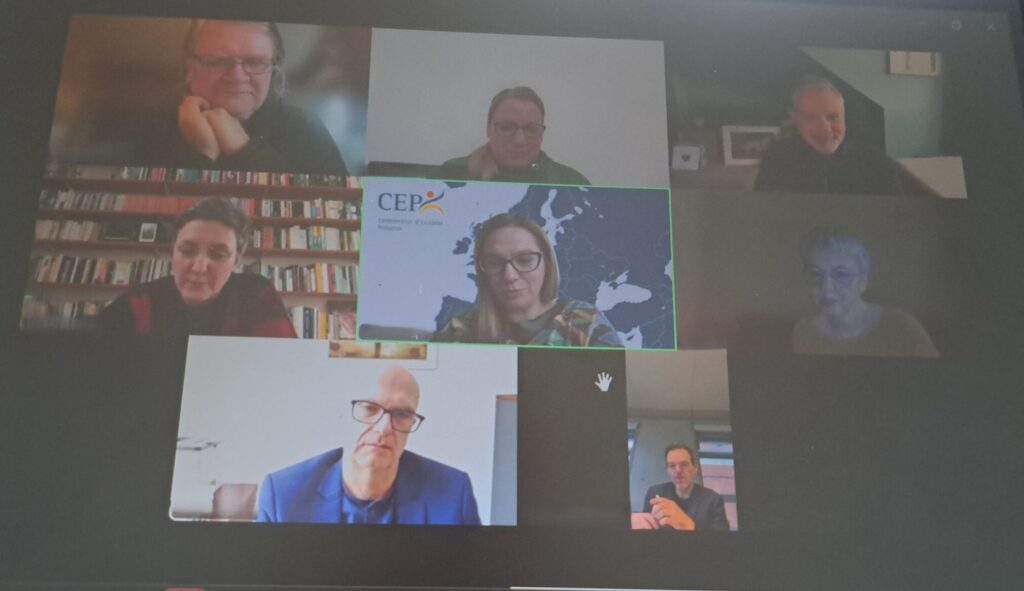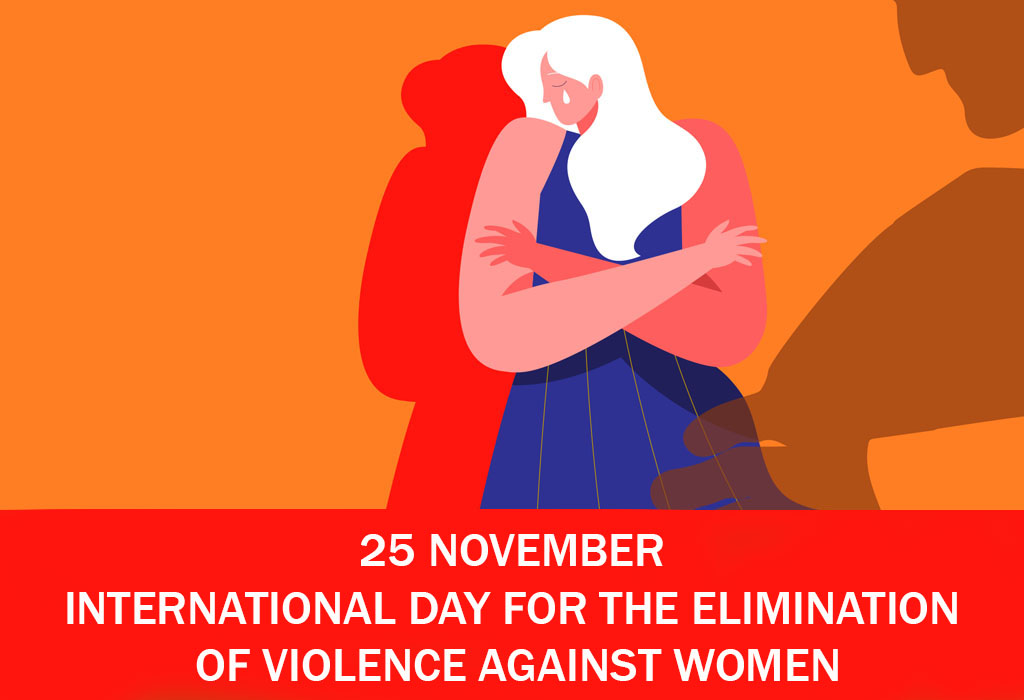Previous Article
News
Community sanctions in the Netherlands: a history of 50 years
“Guys, if they end up behind bars that will do no one any good, can’t we think of another solution?” Fifty years ago this question of lawyer Dancker Cornelis de Kempenaer to his (at that time still young) colleagues Paul Plochg and Jos Huver led to something that later in time can be considered as the introduction of the community sentence in the Netherlands. Even though community sanctions have been officially included in the code of law only in 1989, the decision of the police judge Chris Rommerts on 8th December 1971 in the case of the ‘iron weavers’ from Arnhem can be considered as the foundation for the development of community sanctions as we have these nowadays. We spoke to Paul Plochg and Jos Huver, both 80 years old now, about their role in this historical criminal case.
It all begins on 11th November 1971 when the young and sturdy iron weavers Huub, Theo and Gerrit drive home together after a working day. Paul Plochg explains: “They were not at all pleased with the fact that a moped driver deliberately (in their opinion) blocked the road in front of them. They forced him into the kerb, got out of the car and showed him in both words and physical violence that this was not the way to do it. However since people in the neighbourhood had noted their number plate they could easily be found and be brought to custody.”
A good idea
Jos Huver: “We were on duty when this case came in. They appointed Gerrit to me, and Paul became Theo’s lawyer”. De Kempenaer takes care of Huub and it is him who proposes his colleagues to take up this matter in a different way. The iron weavers could better do something useful at a public institution and perhaps even learn some things there than simply go to prison, was his suggestion. Huver and Plochg both think that this is a good idea.
One week later they stood in front of police judge Rommerts. “He asked us what exactly we had in mind?” says Jos Huver. “We answered that we could not yet give all the details since we only had had a week time to think about a plan. Rommerts gave us one more week to come up with a final proposal.” The three lawyers start working on it right away and via their network they manage to find a suitable public institution for each offender. An excellent piece of project work, we would say nowadays.
One week later, on 8th December 1971, the lawyers once again meet Rommerts. The judge approves their plan and the final sentence mentions that the three men will need to serve 90 days of prison minus 25 days of remand prison. The remaining days however will not have to be spent in custody if they start working in the institutions that are chosen by the judges for 6 full weeks or for 3 months each weekend.
No positive reactions
Rommerts colleagues did not react positively to his decision. Paul Plochg: “The court’s vice president had been attending the court session and made clear to Rommerts that this was not how things were supposed to be done. Rommerts however did not give in – actually at that moment he was ahead of his time, but he never received the credits for it.”
Since the procedure is completely new several judicial issues need to be explored. The public prosecutor is very much against the sentence and asks for appeal. The case goes to the High Court and after some procedural shuffling back and forth the sentence is cancelled. However the outcome for Huub, Gerrit and Theo remains the same: they do not have to spend any more time in prison.
A new world
The iron weavers start their work and all experience the situation in a different way. Theo calls in sick after a few weeks and in the end quits the project. Huub and Gerrit do their work at the institutions well and according to what was agreed beforehand. Especially Gerrit was enthusiastic. He writes about his work at ‘s Koonings Jaght: ‘it was as if I was looking into a new world, one that I did not yet know’. In Gerrit’s case also the what we now call ‘good match between the offender and the project itself’ was very helpful. Jos: “He worked with an excellent kitchen chief. A down-to-earth guy who did a great job in coaching Gerrit. A real supervisor.” Jos says this without realizing that 50 years later exactly this word this will be the official title for those who coach people under community service in probation projects.
“How can I get there so early?”
Also Jos himself has contributed to the success of Gerrit’s community sanction: “’s Koonings Jaght was located in the middle of the woods. Gerrit needed to start working at 7 and since he had no car he asked me: ‘How can I get there so early?’ I then decided to make an early start leaving from Nijmegen to Arnhem in my “Deux Chevaux” (Citroën 2 CV) to pick him up. He was standing ready perfectly in time so I drove him to the location.” It shows Jos’ commitment because his wife was pregnant and about to deliver any moment. “And at that time there were no cell phones”, he explains with a smile. Years later Gerrit still showed his gratitude to Jos. He had invited him to his wedding, asked him to get on the stage and then said to everyone present in the room: ‘And this is the man who kept me out of jail!’
Necessary evil
Looking back in time Huver and Plochg are unpretentious about their role and give the main credits to De Kempenaer, who came up with the idea, and to the progressive judge Rommerts, who despite the negative feedback from his colleagues still remained in favour of the plan. “Actually it is more a coincidence that we got involved in this case, but already from the start we were enthusiastic about the idea to create a different solution than sending someone to prison. This matched very well with our vision, and it still does”, says Paul Plochg. “Because a prison sentence is more like a necessary evil. Of course it contains elements of reparation and paying back the victims, but usually it does not do any good to offenders”.
Good to see
However the gentlemen do feel some pride as well. Jos Huver: “Looking backwards it is good to see that this case has started a completely new procedure that in the end has led to the official recognition of community sanctions as a punishment.”
In this way, 50 years ago, the commitment of three lawyers and a steadfast police judge paved the way for the actual practice of around 30.000 community sentences each year, through which around 2 million hours of useful work are brought back to society.

Related News
Keep up to date with the latest developments, stories, and updates on probation from across Europe and beyond. Find relevant news and insights shaping the field today.
Recap

CEP-Europris, Probation in Europe
Recap of CEP and EuroPris Meeting with Catalan Authorities
04/12/2025
On 3 December, on the occasion of the joint CEP and EuroPris Workshop on Transition from Prison to Probation held at the Centre for Legal Studies and Judicial Training (CEJFE) in Barcelona, representatives from both international organisations met with senior officials from the Catalan Ministry of Justice to present their current work, reflect on ongoing cooperation, and explore shared priorities for future collaboration.
Recap

CEP-Europris
Workshop on Transition from Prison to Probation: Continuity of Care and Control
03/12/2025
On 2–3 December 2025, 71 participants from 22 European countries and jurisdictions attended the Workshop on Transition from Prison to Probation: Continuity of Care and Control, jointly organized by CEP and EuroPris. The two-day workshop aimed to explore strategies for ensuring continuity of care and control during the transition from prison to probation.
Recap

Research
Recap: online Expert Group meeting on Research
02/12/2025
On Friday, 28 November 2025, the annual meeting of the Expert Group on Research took place online.
Probation Journal

Domestic violence, Gender-based violence
New evaluation on whole family approach to domestic abuse
26/11/2025
Interventions Alliance has published a new evaluation of a Hub coordinated on behalf of police forces in the south of England, focused on tackling violence against women and children through a whole family approach. The Hub supports victims and perpetrators of domestic abuse and works across policing, health and social services.
New

Probation in Europe
New EU Judicial Training Strategy 2025-2030 adopted
26/11/2025
New updates from the European Commission highlight key priorities for judicial training in Europe, alongside new tools supporting transparency and access to data.
New

Gender-based violence
International Day for the Elimination of Violence Against Women and Girls
25/11/2025
Today, 25 November, marks the International Day for the Elimination of Violence Against Women and Girls. It is a global reminder, recognised by UNESCO and the wider international community, of the urgent need to prevent violence, support those affected by it, and strengthen collective action. The day also opens the 16 Days of Activism, a worldwide campaign that calls for sustained engagement to end all forms of violence against women and girls.
Subscribe to our bi-monthly email newsletter!
"*" indicates required fields
- Keep up to date with important probation developments and insights.

